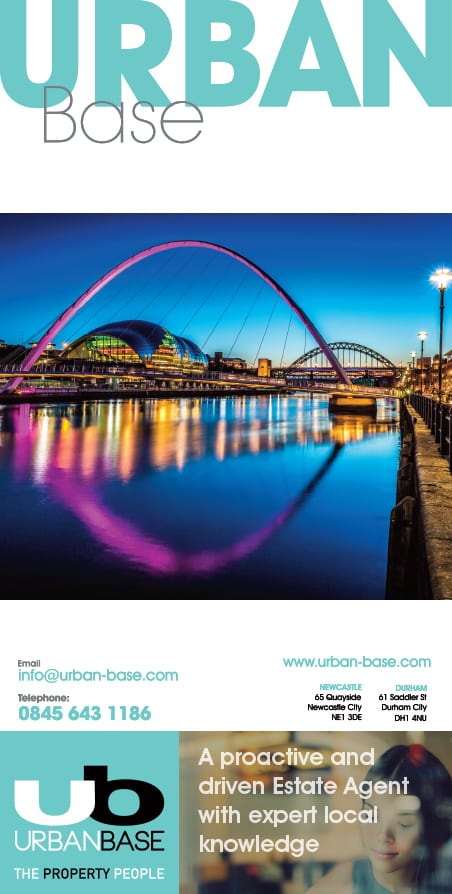I wrote last month on how we need to improve the performance of new buildings, but of course we already have a huge existing building stock in this country
Over 37% of our homes were built before 1945 and a further 39% built from 1945 to 1980 – it’s frightening to think that it was only 1985 that insulation became mandatory in cavities.
Our country is blessed with a rich pedigree of historic buildings, and they are rightly protected by Historic England with a grading system of 1, 2* and 2. There are approximately 500,000 listed buildings in the country.
One of the principal issues of older buildings is that they tend not to be well insulated, leaky, and prone to higher levels of maintenance.
So, our modern challenge is how to improve their environmental performance without disturbing the very essence and reason for their historic importance and listing. At the same time buildings have always changed and indeed many listed buildings are listed because they have variations and alterations from several periods of time.
I am a conservation architect who specialises in the repair, renovation and upgrading of our historic buildings. I often hear that historic and older buildings can’t be altered and improved. They can; and I would like to see authorities more pragmatic in their review of proposed alterations when considering environmental improvements.
A good architect, with the relevant experience, can firstly review a historic building and determine its significance and importance. Improvements can then be suggested. I am still amazed that most planning authorities won’t allow double glazed units to be retrospectively added to original sash windows. This simple change would vastly improve the thermal performance of buildings alone.
Historic buildings can also be improved with thermal upgrades including insulation and new heating systems that do not harm the building but aid their continuing use whilst reducing their energy requirements. This is good for the building, the country, and the overall environment.
An older building that has been improved and maintained stands a much greater chance of being used, looked after and therefore preserved for the future. An old building that is cold, damp and uninviting will put off prospective users and owners. This applies equally to houses and commercial buildings.
The technical challenges of upgrading an older or listed building does require more knowledge, experience and understanding of their construction. The architect must also combine this expertise with knowledge of new materials and technology. The challenge is certainly harder on a historic building but equally more enjoyable.
Sadly, owners of listed buildings still pay 20% VAT on their repairs and improvement (introduced in 2012) and there remains a campaign to have this removed or reduced. The improvements do tend to be more complicated and cost more and I cannot see this changing soon, but the brave people who purchase listed building require all the assistance they can get.
Do not despair if you are sitting in your listed building wondering what and how to upgrade. Find the right professional architect/surveyor and you can soon enjoy your lovely historic building so much more


